
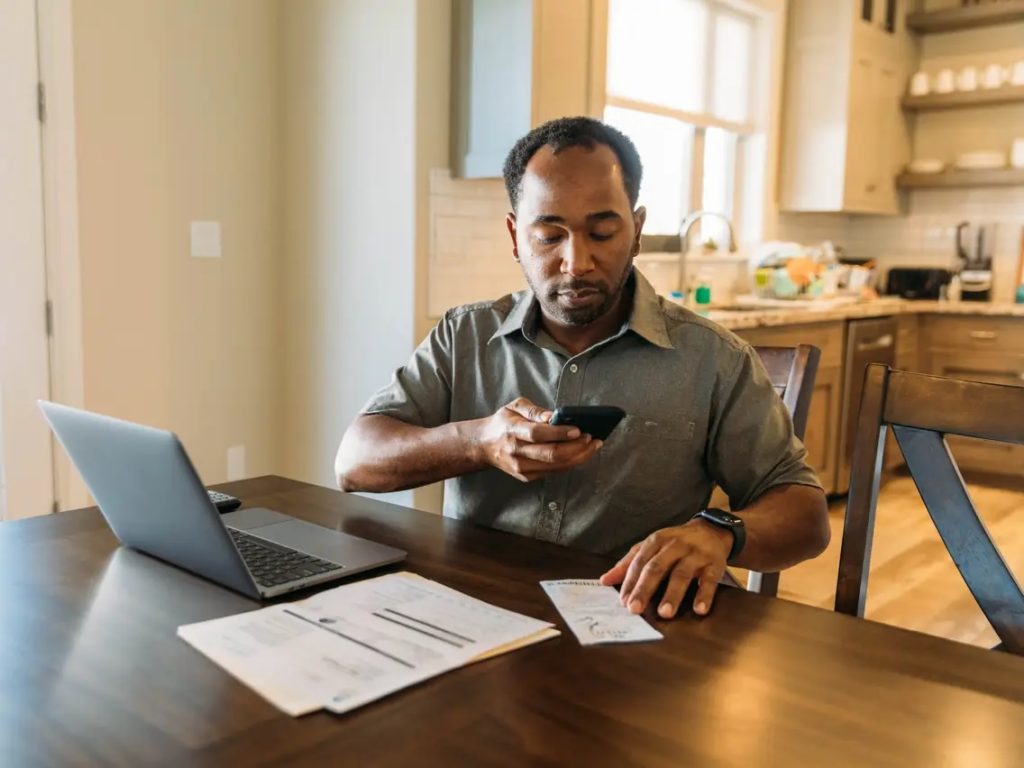
The COVID-19 pandemic has spurred financial inclusion – driving a large increase in digital payments amid the global expansion of formal financial services.
This expansion created new economic opportunities, narrowing the gender gap in account ownership, and building resilience at the household level to better manage financial shocks, according to the Global Findex 2021 database.
As of 2021, 76 per cent of adults globally now have an account at a bank, other financial institution, or with a mobile money provider, up from 68 per cent in 2017 and 51 per cent in 2011. Importantly, growth in account ownership was evenly distributed across many more countries.
While in previous Findex surveys over the last decade much of the growth was concentrated in India and China, this year’s survey found that the percentage of account ownership increased by double digits in 34 countries since 2017.
The pandemic has also led to increased use of digital payments. In low- and middle-income economies (excluding China), over 40 per cent of adults who made merchant in-store or online payments using a card, phone, or the internet did so for the first time since the start of the pandemic.
The same was true for more than a third of adults in all low- and middle-income economies who paid a utility bill directly from a formal account. In India, more than 80 million adults made their first digital merchant payment after the start of the pandemic, while in China over 100 million adults did.
Two-thirds of adults worldwide now make or receive a digital payment, with the share in developing economies growing from 35 per cent in 2014 to 57 per cent in 2021. In developing economies, 71 per cent have an account at a bank, other financial institution, or with a mobile money provider, up from 63 per cent in 2017 and 42 per cent in 2011. Mobile money accounts drove a huge increase in financial inclusion in Sub-Saharan Africa.
“The digital revolution has catalysed increases in the access and use of financial services across the world, transforming ways in which people make and receive payments, borrow, and save,” said World Bank Group president David Malpass.
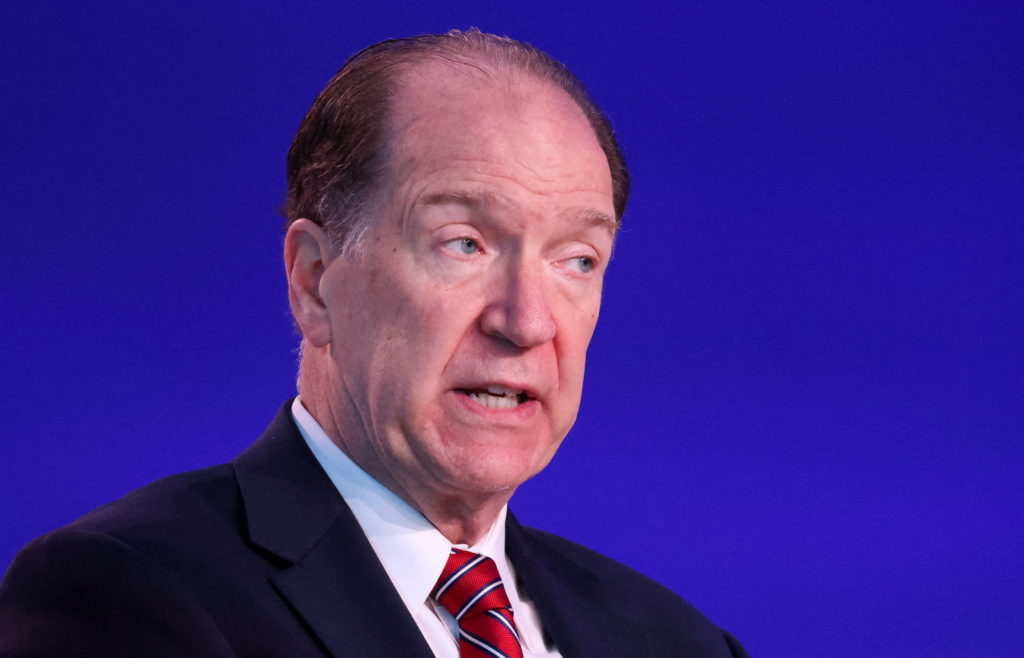
“Creating an enabling policy environment, promoting the digitalisation of payments, and further broadening access to formal accounts and financial services among women and the poor are some of the policy priorities to mitigate the reversals in development from the ongoing overlapping crises.”
For the first time since the Global Findex database was started in 2011, the survey found that the gender gap in account ownership has narrowed, helping women have more privacy, security, and control over their money. The gap narrowed from seven to four percentage points globally and from nine to six percentage points in low- and middle-income countries, since the last survey round in 2017.
About 36 per cent of adults in developing economies now receive a wage or government payment, a payment for the sale of agricultural products, or a domestic remittance payment into an account.
The data suggest that receiving payment into an account instead of cash can kickstart people’s use of the formal financial system – when people receive digital payments, 83 per cent used their accounts to also make digital payments. Almost two-thirds used their account for cash management, while about 40 per cent used it to save – further growing the financial ecosystem.

Despite the advances, many adults around the world still lack a reliable source of emergency money. Only about half of adults in low- and middle-income economies said they could access extra money during an emergency with little or no difficulty, and they commonly turn to unreliable sources of finance, including family and friends.
“The world has a crucial opportunity to build a more inclusive and resilient economy and provide a gateway to prosperity for billions of people,” said Bill Gates, co-chair of the Bill and Melinda Gates Foundation, one of the supporters of the Global Findex database.
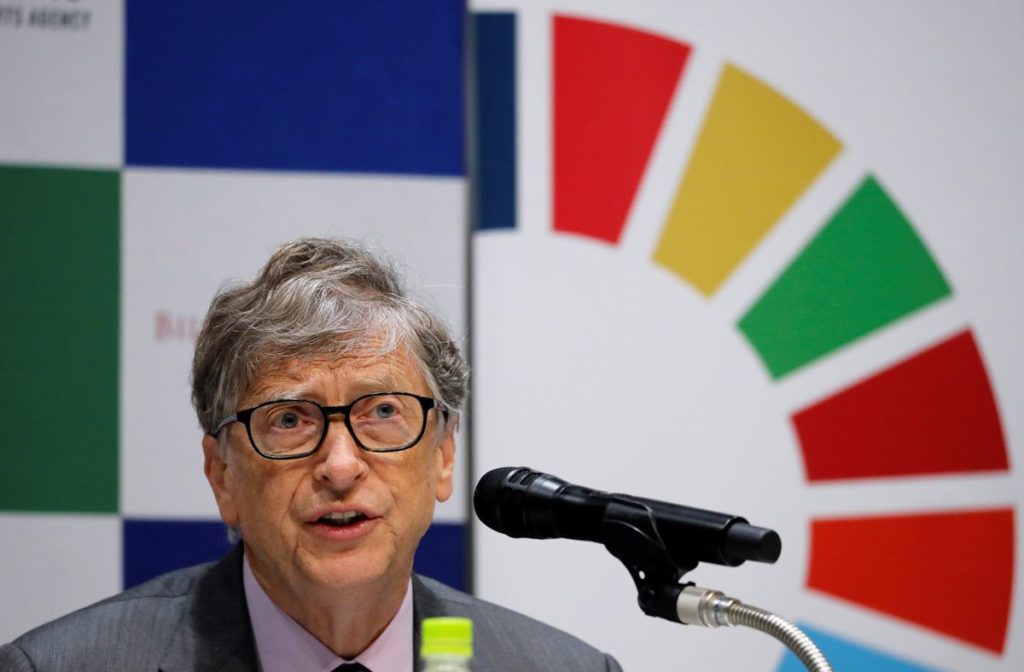
“By investing in digital public infrastructure and technologies for payment and ID systems and updating regulations to foster innovation and protect consumers, governments can build on the progress reported in the Findex and expand access to financial services for all who need them.”
In Sub-Saharan Africa, for example, the lack of an identity document remains an important barrier holding back mobile money account ownership for 30 per cent of adults with no account suggesting an opportunity for investing in accessible and trusted identification systems.
Over 80 million adults with no account still receive government payments in cash – digitalising some of these payments could be cheaper and reduce corruption. Increasing account ownership and usage will require trust in financial service providers, confidence to use financial products, tailored product design, and a strong and enforced consumer protection framework.
The Global Findex database, which surveyed how people in 123 economies use financial services throughout 2021, is produced by the World Bank every three years in collaboration with Gallup Inc.
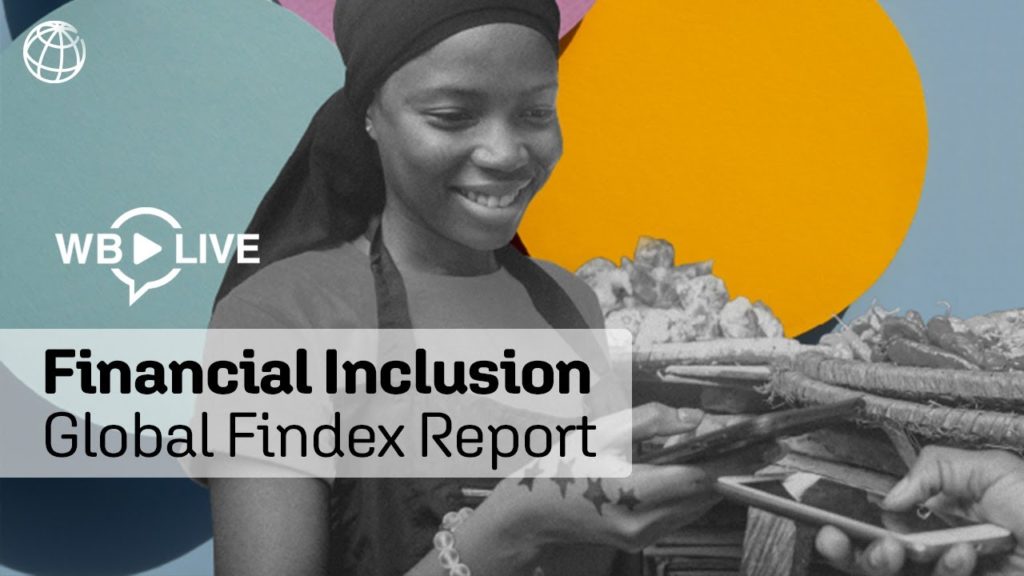
Regional overview:
Latin America and the Caribbean saw an 18 percentage-point increase in account ownership since 2017, the largest of any developing world region, resulting in 73 per cent of adults having a bank account. Digital payments play a key role, as 40 per cent of adults paid a merchant digitally, including 14 per cent of adults who did so for the first time during the pandemic.
COVID-19 furthermore drove digital adoption for the 15 pwer cent of adults who made their first utility bill payment directly from their account for the first time during the pandemic—more than twice the developing country average.

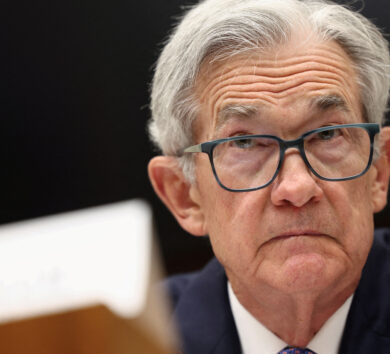

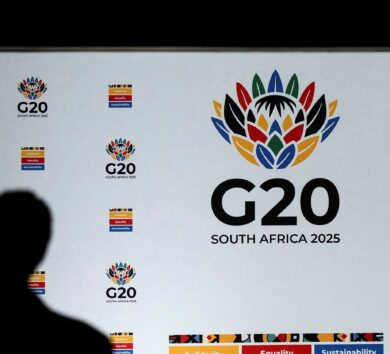


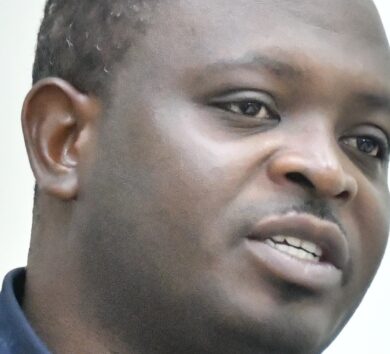
Comments